The Los Angeles motor show threw up the opportunity to drive the Audi A3 Sportback e-tron, Ingolstadt’s petrol-electric plug-in hybrid, in the hills above Santa Monica.
It was a pre-production version of the new-for-2014 car, similar to the one driven and reviewed by Richard Bremner back in September.
Like Richard, I came away impressed, particularly with the refined way that the A3 e-tron juggles between the 1.4 TFSI engine and the electric motor, how little throttle application is required to keep it trickling along in flowing traffic and, somewhat surprisingly, the confident way it tackles twisty roads.
It doesn’t feel like a vehicle that suffers unduly from the weight penalty of having to haul around an electric motor, battery pack and ancillaries.
It remains to be seen whether UK motorists will be willing to stump up the extra financial outlay compared to a conventionally powered A3 Sportback, with the hybrid expected to cost about £32,000.
Nevertheless, Audi has, to me, produced one of the most well-rounded mainstream hybrids so far. It makes me wonder whether the slower pace of the VW Group’s electric and hybrid vehicle programmes, compared to some of its key rivals, hasn’t actually played to its advantage.
By the close of this year, the VW Group will have the e-Up, its first volume electric car, and e-Golf, along with three plug-ins: the XL1, Porsche 918 Spyder and Panamera S e-Hybrid.
Next year, the vehicles will also include plug-in hybrid versions of the Audi A6, Audi Q7 and Audi A8, Volkswagen Golf and Volkswagen Passat, and potentially further cars that share common architecture with those models.
By 2014, a total of 14 models from the VW Group will be available as either electric, plug-in or hybrid vehicles. What’s more, up to 40 models from the group’s product line-up can potentially be fitted with alternative drivetrains, as demand rises for different forms of propulsion.
Setting aside the head-turning XL1, VW’s approach is to use body shapes from its ‘regular’ range for its alternatively powered vehicles, rather than build standalone hybrids and EV models, as Nissan has done with the Nissan Leaf and Renault with the Renault Zoe.
This is useful because the MQB vehicle architecture that underpins most new VW Group small cars was configured from the outset to accept many different powertrains.
At the LA show, the VW Group’s Commissioner for Electric Drive Systems, Rudolf Krebs, explained how the company’s adoption of modular car platforms has given it the flexibility to tackle an uncertain future.
“With our platform strategy it is quite easy to bring a lot of electrified vehicles to the market for the different brands in a very short time from now,” he said.
“We can, bumper-to-bumper in the same factory on the same line, produce cars powered by petrol, diesel, CNG, electric or a plug-in hybrid.
“Electro-mobility is comparatively young at the moment. Nobody knows where the market will go. We are all looking into the crystal ball in terms of figures and sales numbers, so this is quite important that we have the flexibility to produce all these different powertrains in one factory, and it does not make a lot of effort to make changes to our production.
“We are thinking a lot of the requirements that our customers have now and will have in the future. The answer will not be simple; there is no blockbuster solution such as ‘tomorrow everybody will drive electric cars’.
So although VW, Audi and the rest of the group might seem to be lagging behind trailblazing rivals at present, they have the potential to make huge strides in the electric and hybrid markets over the next couple of years. Providing the demand is there, of course, but it sounds as if VW has the angles covered even if it is not.


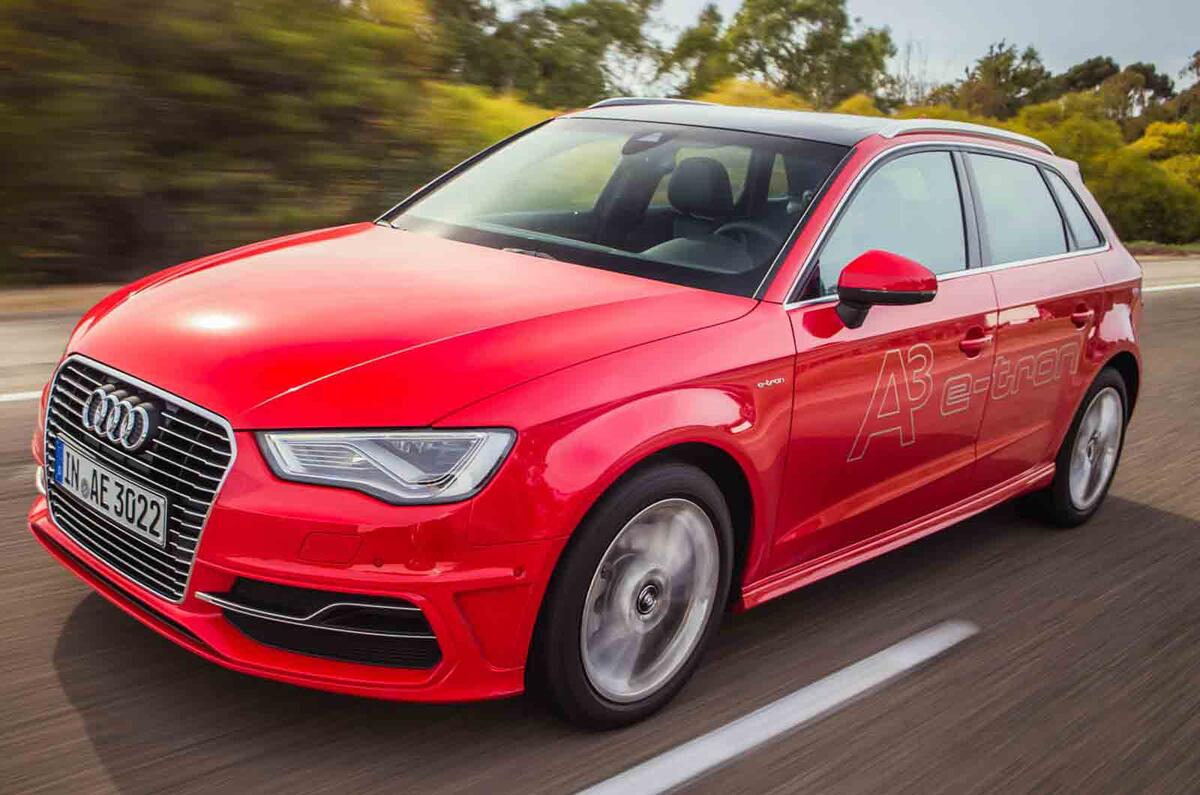
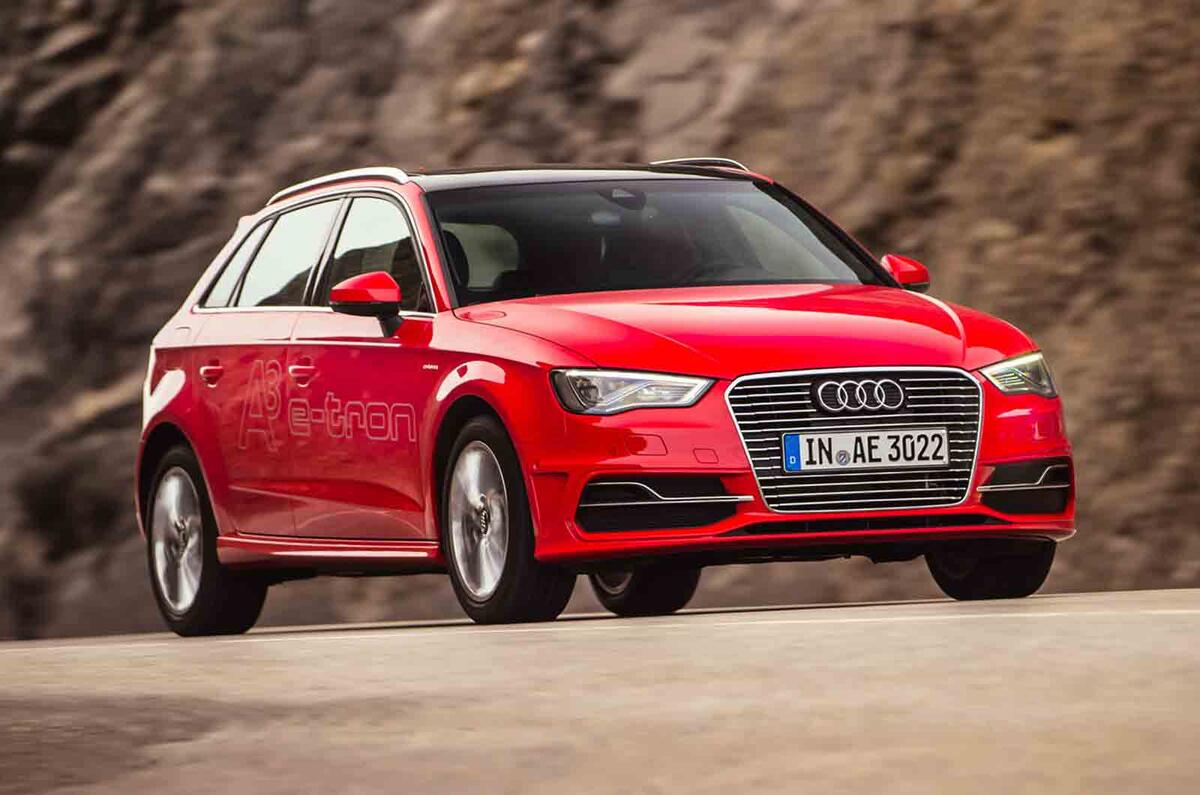
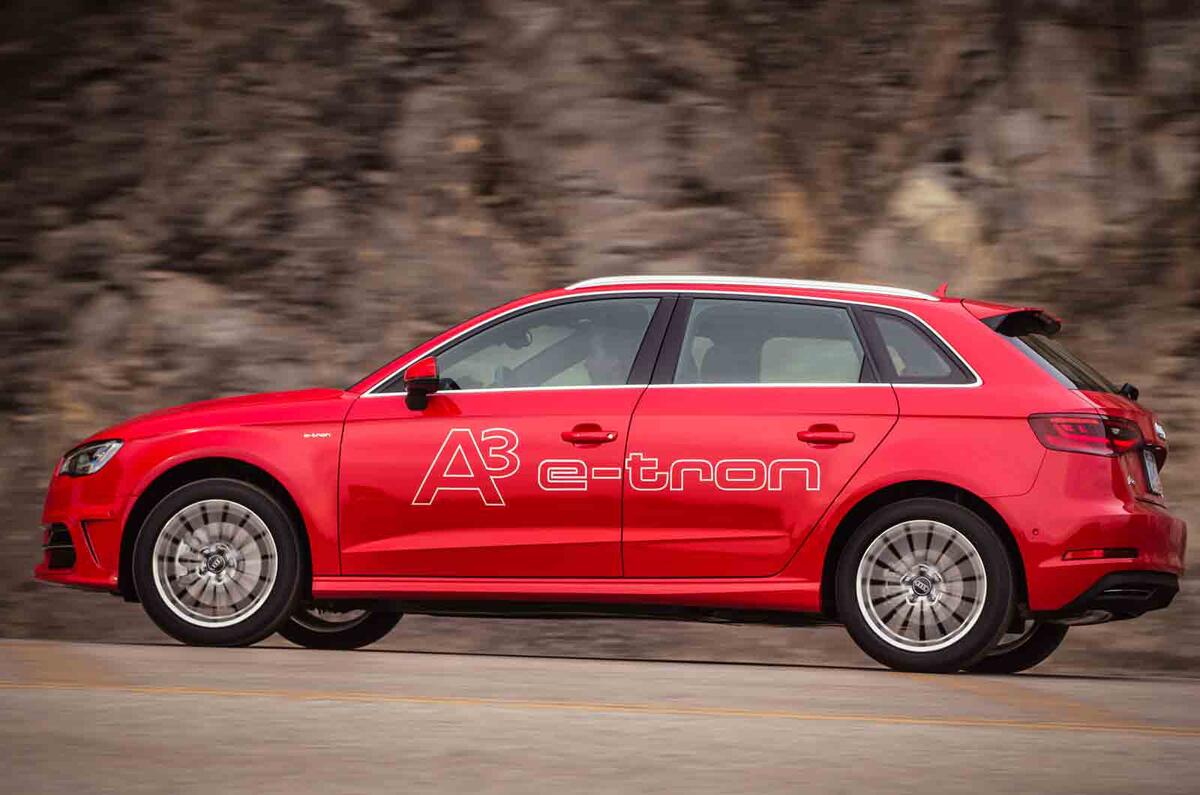

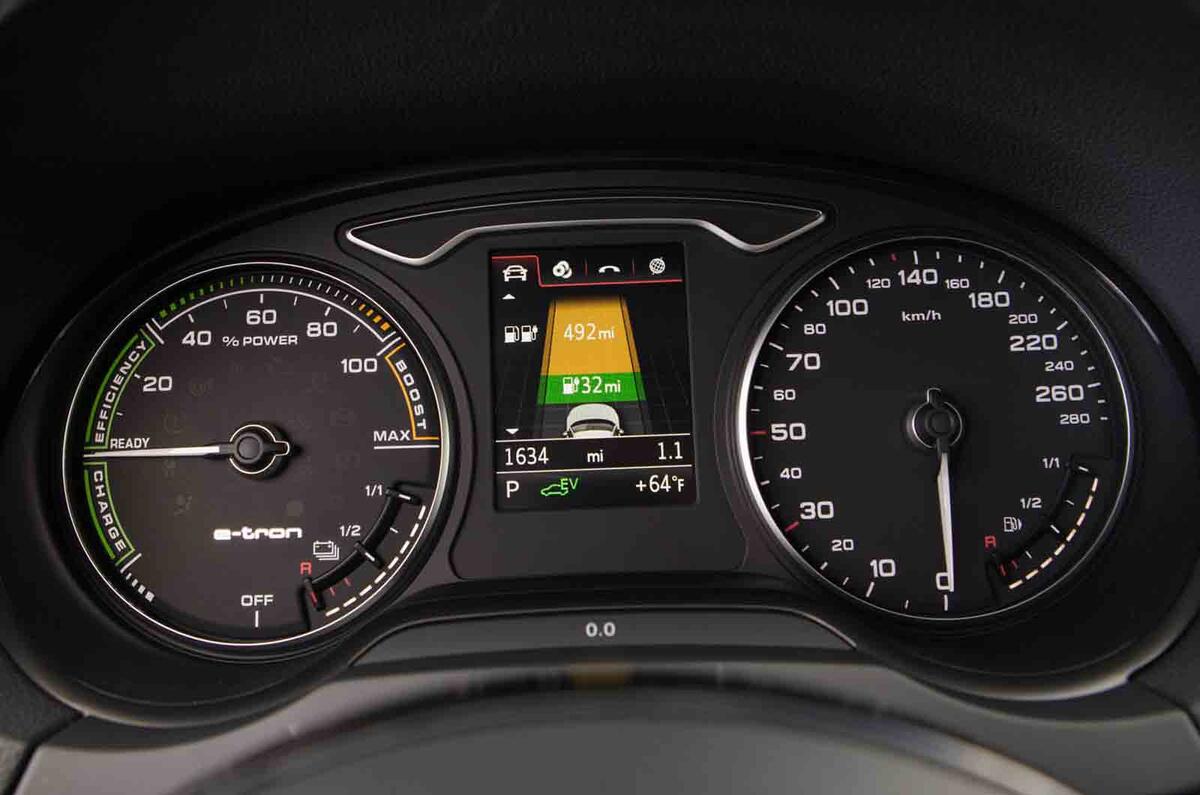
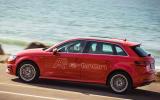
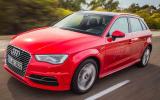
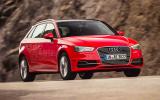
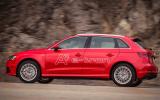
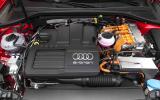
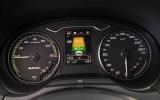


Join the debate
Add your comment
Vow!